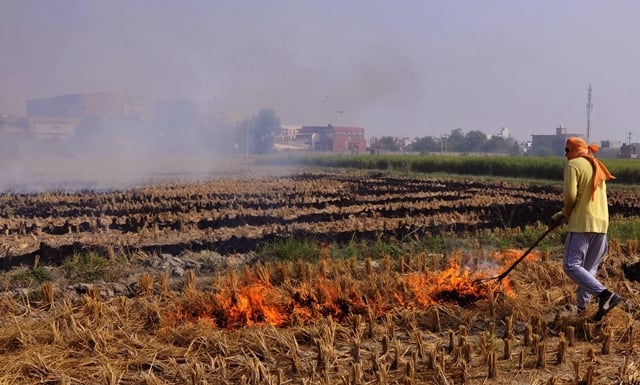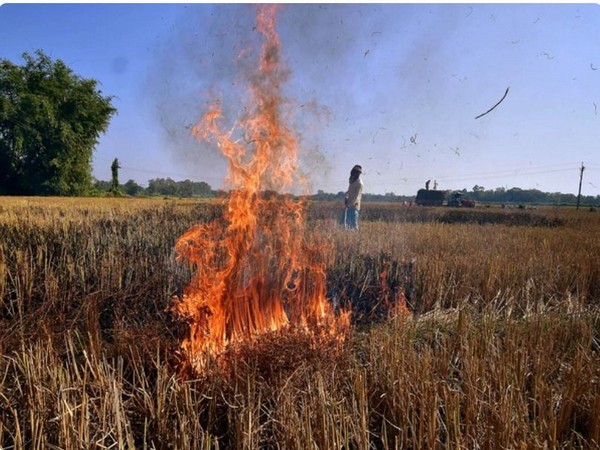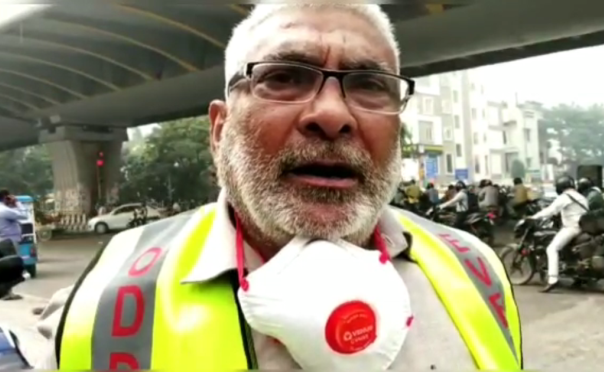Nida Fatima Siddiqui, a media professional, made the tough decision to leave Delhi’s smog behind, seeking cleaner air and a healthier future for her family. She shares her story:
Delhi is in the news again for pollution, and as a former resident of Delhi-NCR, I feel quite relieved that I no longer live there. My husband, daughter and I decided to move to Bangalore in October 2022, and pollution was a major factor in our decision, though there were other considerations too.
Personally, I suffered a lot during the smog months from October to January. While I thankfully don’t have any health or lung issues, I coughed throughout these months every year. Leaving Delhi-NCR was bittersweet because my parents still live there, and for four years, I stayed in the same housing society as them. It was a tough decision.
Before 2022, I had lived in Delhi for 18 years, and pollution was never a significant issue until 2014. I remember traveling across the city without ever experiencing any respiratory problems. But from 2015 onwards, it became a persistent issue. In late 2016, my office shift in Noida ended around 6.30 pm and I used to travel during peak rush hour in October. That was the first time that I developed bronchitis, which lingered for a month. The cough returned every year after that, in the same month. My daughter was born in February, and in the months leading up to her birth, I had a chronic cough—it was a difficult time.
I realised that it was more than just pollution from cars or construction in Delhi-NCR—the smog crisis was also caused by stubble-burning in neighbouring states. Farmers in Haryana and Punjab burn rice stubble in October because, under a law to conserve water in these states, the crop cycle was shifted. After harvesting paddy, the farmers thus have little time to prepare their fields for the next crop, wheat. With just about three weeks available, they resort to burning stubble to clean the fields fast.
ALSO READ: ‘I’m A Pollution Refugee, Forced To Migrate From Delhi’
I do not see this issue getting resolved anytime soon, even if all the three governments came together to address it. The problem is worsened by traffic pollution, construction activities, weather/wind pattern and firecrackers—the last of these fuel the crisis but only for a short while. It’s the larger issue of multiple factors causing the persistent smog. Moreover, Delhi’s weather is either too hot or too humid, barring the short winter. The autumn months, when you want to enjoy the outdoors, are plagued by pollution, which keeps you inside. That leaves only February and March as months when it’s comfortable to step outside. Being an outdoorsy person, I found myself confined to the house either with an air conditioner or an air purifier.
In 2022, we decided we didn’t want our child to grow up facing the same trauma. I also believe our move was well-timed. It’s easier to relocate when you’re younger and have a small family. It’s sad, though, to leave behind a place you once called home for something as man-made as pollution. Some might say that Bangalore has its own share of problems, like traffic and pollution, but compared to Delhi, it’s much better. The Air Quality Index (AQI) is far superior, and most of the year, Bangalore stays in the green zone. In fact, I haven’t coughed in the past two years, which reassures me that our decision to move was the right one.
I am also trying to persuade my parents to leave Delhi-NCR and move south, given their age and the escalating pollution crisis. I don’t mean to be blunt for those still living there, including my parents, but I don’t see this pollution issue being resolved anytime soon. It’s going to take a coordinated effort from the governments involved, and that doesn’t seem to be on the horizon.
For more details visit us: https://lokmarg.com/
As told to Mamta Sharma






